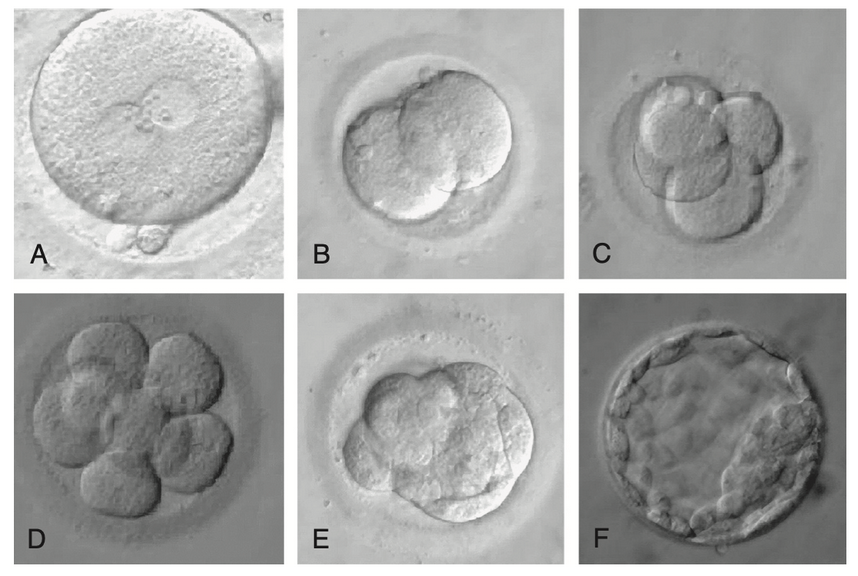A Bicornuate Uterus Is Not the End
- legend family
- May 5
- 2 min read

A bicornuate uterus is a type of congenital uterine malformation that occurs when the uterus fails to fully develop and fuse during the embryonic stage. Normally, the two Müllerian ducts in a female embryo join to form a single uterus. When this fusion is incomplete, the uterus may form two separate “horns,” resulting in a heart-shaped or V-shaped uterus.
What Are the Symptoms of a Bicornuate Uterus?
Many women may go through life without ever knowing they have a bicornuate uterus, as it often doesn’t affect menstruation or sexual activity. However, some may experience:
· Recurrent miscarriages or preterm births
· Abnormal fetal positions (e.g., breech presentation)
· Menstrual irregularities (rare)
· Difficulty conceiving (uncommon)
How Is a Bicornuate Uterus Diagnosed?
It can be difficult to detect with a routine transvaginal ultrasound. Most cases are discovered when a woman has trouble conceiving or experiences complications during pregnancy. The following diagnostic tools can help confirm the condition:
· Magnetic Resonance Imaging (MRI)
· Hysterosalpingography (HSG)
· Laparoscopy or hysteroscopy
Can a Bicornuate Uterus Affect Fertility?
Having a bicornuate uterus does not mean you can’t get pregnant. Many women with this condition conceive naturally and deliver healthy babies. However, it can increase the risk of complications such as:
· Miscarriage
· Preterm birth
· Placental abnormalities
· Uterine rupture (extremely rare)
What Are the Treatment Options?
Some women may experience repeated miscarriages or failed embryo implantation. In these cases, doctors may recommend assisted reproductive technologies such as in vitro fertilization (IVF). IVF allows the embryo to be fertilized and developed in a lab before being carefully implanted into the side of the uterus most suitable for implantation, which increases the chance of a successful pregnancy.
For women with significantly abnormal uterine shapes or repeated pregnancy loss, IVF combined with a gestational carrier (surrogate mother) may be a viable option. In countries or regions where surrogacy is legally permitted, a healthy embryo can be transferred to a surrogate’s womb, helping women with a bicornuate uterus achieve their dream of having children. While this option involves legal, emotional, and ethical considerations, it has brought hope to many families.
Whether treatment is necessary depends on whether the woman has symptoms or fertility issues. If there are no complications, medical intervention is often unnecessary. However, in cases of recurrent miscarriage or failed embryo implantation, doctors may recommend uterine reconstructive surgery, such as the Strassman procedure, to improve the shape of the uterus.
Although the term “bicornuate uterus” may sound alarming, it does not mean that becoming a mother is out of reach. With modern medical advances—from accurate diagnostics and IVF to, in some cases, third-party reproductive assistance—countless women have found hope and success. Most importantly, you don’t have to face confusion and anxiety alone. Seek professional medical advice, trust in science, and remember: every woman striving to become a mother deserves care and compassion—and you will find your path to happiness.




Comments